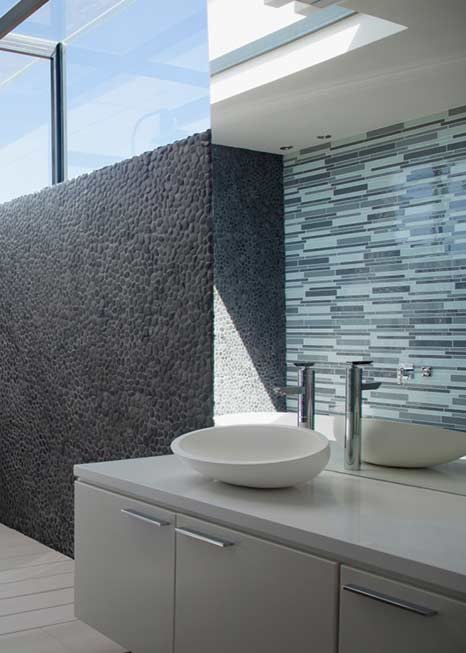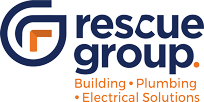Water Proofing Melbourne
Our fully Qualified technicians are highly skilled and experienced in waterproofing services for more than 15 years. Our teams are using the latest state-of-the-art technologies from thermal imaging, moisture testing and thickness testing for Waterproofing solutions with Australian Standards. Our teams pride ourselves on providing effective consultation and innovative quality control service from start to finish.
Our Services include Water Proofing and Repairs where water is leaking from:
- Balconies
- Shower/Bathrooms
- Roof tops
- Carparks Basements
- Retaining Walls
- Pools
- Planter Boxes
- Ponds
Waterproofing shower or bathroom is critical to prevent water damage and maintain a healthy and durable environment. Here's a general guide on how to waterproof a shower or bathroom:
- Prepare the Surface: Ensure that the shower or bathroom area is clean, dry, and free from any dirt, debris, or existing coatings. Repair any cracks, gaps, or damaged areas in the substrate.
- Choose the Waterproofing Method: Select the appropriate waterproofing method based on the shower or bathroom's construction, substrate material, and local building codes. Common methods include:
- Membrane Waterproofing: Install a waterproofing membrane over the walls, floors, and seams of the shower or bathroom. This membrane can be a sheet membrane or liquid-applied membrane. Ensure proper overlap and sealing of joints and penetrations.
- Liquid Waterproofing: Apply a liquid waterproofing membrane or coating evenly over the walls and floors of the shower or bathroom using a brush, roller, or sprayer. Ensure complete coverage and proper thickness as per manufacturer's instructions.
- Cementitious Waterproofing: Mix and apply a cement-based waterproofing compound to the walls and floors of the shower or bathroom. Ensure thorough coverage and proper curing between coats.
- Focus on Critical Areas:
- Shower Walls and Floors: Pay special attention to the joints, corners, seams, and penetrations in the shower walls and floors. Apply waterproofing materials generously and ensure proper sealing to prevent water infiltration.
- Shower Niche and Recessed Shelves: Waterproof the inside of shower niches and recessed shelves using waterproofing membranes or coatings. Install pre-formed waterproofing panels or build waterproofing barriers to protect these areas.
- Floor Drains and Pipe Penetrations: Seal around floor drains and pipe penetrations with waterproofing materials to prevent water leakage.
- Allow Proper Curing Time: Follow the manufacturer's recommendations for curing time before proceeding with tiling or finishing the shower or bathroom. Ensure that the waterproofing layer is fully cured and dried before subjecting it to moisture or additional construction activities.
- Tile or Finish the Surface: Once the waterproofing layer is fully cured, you can proceed with tiling or finishing the shower or bathroom according to your design preferences. Use appropriate waterproofing materials and techniques for tile installation to maintain the integrity of the waterproofing system.
- Regular Maintenance: Inspect the shower or bathroom periodically for signs of damage or wear and perform any necessary repairs or maintenance to ensure the continued effectiveness of the waterproofing system.
Call us now and talk to us about your needs.


